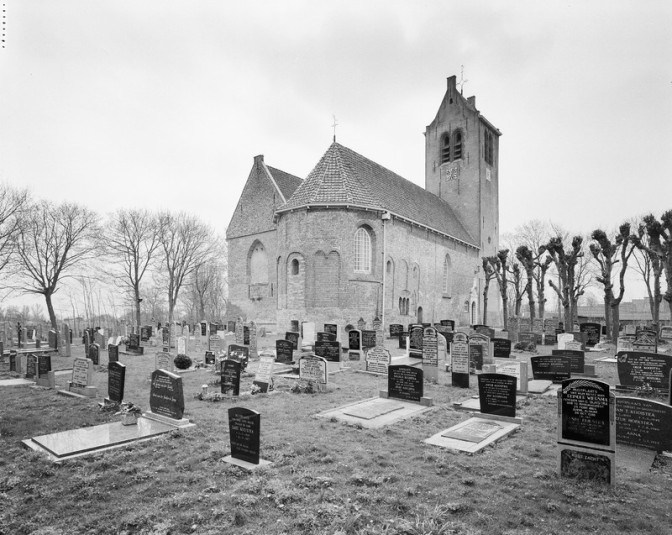When corresponding with cousins about genealogy, we tend to stick to the close ones: first or second cousins, maybe a third cousin, with the occasional once or twice removed.
I recently solved a puzzle using a letter shared to me by a fifth cousin twice removed. I was trying to resolve a conflict in death dates. Her grave said a woman died on 6 December 1879, while I had reliable evidence that her husband was already remarried as her widower by then. The modern design of the grave marker first sent me looking further, as I assumed it was not the original stone. I went through all of my correspondence about this family of the past 25 years looking for other evidence about her death date.
Among the files that my fifth cousin twice removed sent me about twenty years ago was a copy of a letter written by another descendant in 1964. The letter was a design specification sent to the carver of the (modern) grave marker, which had 6 December 1876 as the date. The carver must have gotten it wrong and carved 1879 instead. The letter explained that the information came from the old weathered stones that would be replaced. The 1876 date fits perfectly with the second marriage of her widower.
The first requirement of the Genealogical Proof Standard is “reasonably exhaustive research.” I don’t know if corresponding with fifth cousins twice removed would be something that a reasonable genealogist would be expected to do, but it certainly worked!
Two lessons learned: always beware of modern grave markers, and no cousin is too distant to have the information you’re looking for 🙂

Churchyard in Rinsumageest. Credits: J.P. de Koning, Rijksdienst voor Cultureel Erfgoed (CC-BY-SA)

